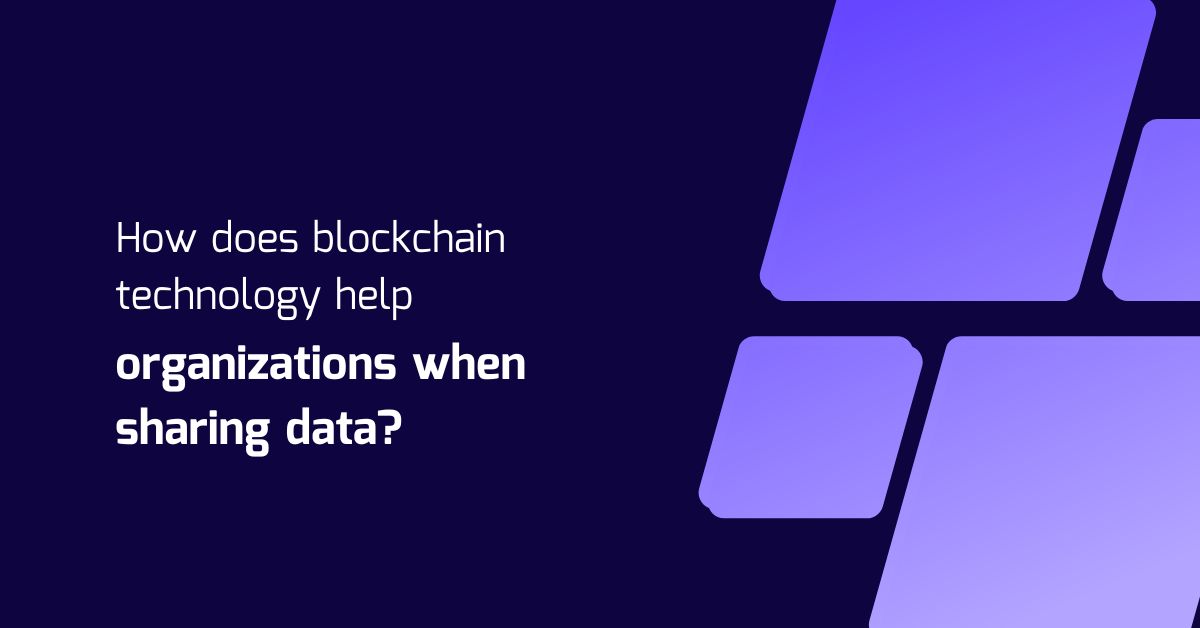Ans: The business world is rapidly advancing and expanding. This has led to interconnection between various businesses and also raised a demand for data sharing. Businesses have to share data with clients, partners, regulators, or sometimes even with their competitors.
Blockchain, the name that caters to the data sharing needs of businesses, has emerged as a secure, transparent, and efficient means of sharing the data by using decentralization, integration, and encryption.
Here’s how Blockchain is helping organizations in sharing data:
Decentralization:
This lies at the core of the blockchain and makes it trustworthy for many organizations. Traditional methods of data sharing relied on central authority. This means data will be stored at a central database and if there occurs a fault at the central point, all the data stored there comes under risk.
Blockchain has helped in solving this problem by distributing the ledger across various nodes. Each node has a synchronized copy of the data and for alteration of the data at any node, all nodes must provide consent.
This enables multi-organization participation, reduces risk of loss of the data, and also builds trust among the collaborators.
Data Integrity and Immutability:
This technology helps in making the data immutable as if one node is altered, all other subsequent nodes are altered. This becomes important in business sectors such as supply chain management where data should remain consistent across suppliers, distributors, and retailers.
Transparency and Traceability:
Every transaction is visible to authorized participants in a network of blockchain. This also makes the data traceable such as its origin, history, and modifications.
Encryption for Security:
Yet another factor that adds to the trustworthiness of blockchain technology. It utilizes various security measures for protection of data and ensures that no unauthorized access is granted. Hashing is used for securing the data blocks. To verify the identity of the contributors, it uses Digital Signatures. Finally, through Public-Private Keys, it is ensured that no unauthorized access is granted to the database at any node in the chain.
